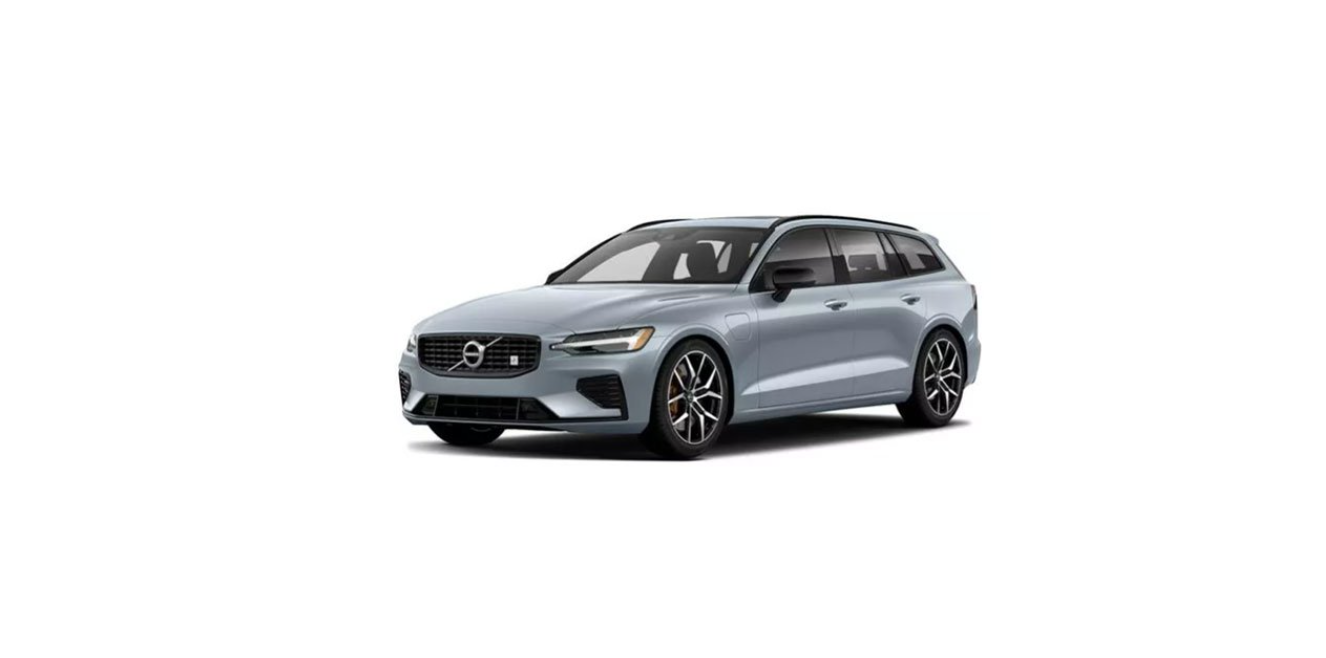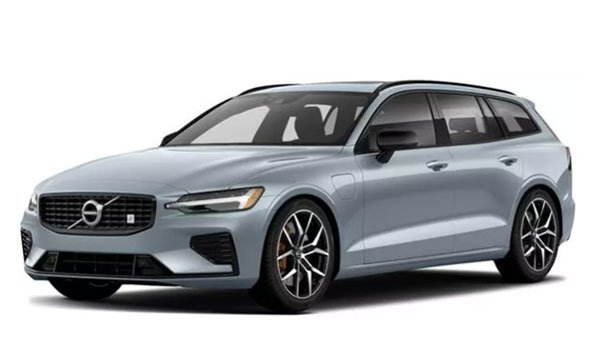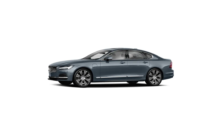All climate control system functions are controlled from the centre display and physical buttons in the centre console.
Some functions for the rear seat can also be controlled from the climate controls at the rear of the tunnel console.
Note
If necessary, the climate control can be used to cool the media system in the centre display. In these cases, the message Climate system Cooling the infotainment system is shown in the driver display.
Controlling climate control with voice control
Commands for voice control of the climate control system in order to e.g. change temperature, activate a heated seat or change fan level.
Tap on
- “Climate” – starts a dialogue for climate control and shows examples of commands.
- “Set temperature to X degrees” – sets the desired temperature.
- “Raise temperature“/”Lower temperature” – raise/lower the temperature setting one step.
- “Sync temperature” – synchronises the temperature for all climate zones in the car with the temperature set for the driver’s side.
- “Air on feet“/”Air on body” – opens the desired air flow.
- “Air on feet off“/”Air on body off” – closes the desired air flow.
- “Set fan to max“/”Turn off fan” – changes the air flow to Max/Off.
- “Raise fan speed“/”Lower fan speed” – raises/lowers the fan level one step.
- “Turn on auto” – activates automatic climate regulation.
- “Air condition on“/”Air condition off” – activates/deactivates the air conditioning.
- “Recirculation on“/”Recirculation off” – activates/deactivates the air circulation.
- “Turn on defroster “/”Turn off defroster” – activates/deactivates defrosting of windows and door mirrors.
- “Turn on max defroster“/”Turn max defroster off” – activates/deactivates the max defroster.
- “Turn on electric defroster“/”Turn off electric defroster” – activates/deactivates the heated windscreen.
- “Turn on rear defroster“/”Turn off rear defroster” – activates/deactivates the heated rear window and door mirrors.
- “Turn steering wheel heat on“/”Turn steering wheel heat off” – activates/deactivates the heated steering wheel.
- “Raise steering wheel heat“/”Lower steering wheel heat” – raises/lowers the setting for the heated steering wheel one step.
- “Turn on seat heat“/”Turn off seat heat” – activates/deactivates the heated driver seat.
- “Raise seat heat“/”Lower seat heat” – raises/lowers the setting level for the heated driver seat one step.
- “Turn on seat ventilation“/”Turn off seat ventilation” – activates/deactivates the ventilated driver seat.
- “Raise seat ventilation“/”Lower seat ventilation” – raises/lowers the setting level for the ventilated driver seat one step.
Note
Not all system languages support voice recognition. The ones that do are highlighted with the
Servicing the climate control system
The air conditioning system must only be serviced and repaired by an authorised workshop.
Troubleshooting and repair
The air conditioning system contains fluorescent tracing agents. Ultraviolet light is used for leak detection.
Volvo recommends that an authorised Volvo workshop is contacted.
The car’s climate control system uses a freon-free refrigerant, either R1234yf or R134a depending on market. Information about which refrigerant the car’s climate control system uses is printed on a decal located on the inside of the bonnet.
Warning
The air conditioning system contains pressurised refrigerant R134a. Service and repair of the system must only be performed by trained and certified technicians.
Warning
The air conditioning system contains pressurised refrigerant R1234yf. In accordance with SAE J2845 (Technician Training for Safe Service and Containment of Refrigerants Used in Mobile A/C System), service and repair of the refrigerant system must only be performed by trained and certified technicians in order to ensure the safety of the system.
Climate control – sensors
The climate control system has a number of sensors to help control the climate in the car. Do not cover or block the sensors with clothing or other objects.
Sensor location
- Sun sensor – on the upper side of the instrument panel.
- Moisture sensor – in the casing by the interior rearview mirror.
- Temperature sensor for the passenger compartment – by the physical buttons in the centre console.
- Airborne particulate matter sensor – on the underside of the glovebox.
- Outside temperature sensor – in the right-hand door mirror.
With the Interior Air Quality System there is also an air quality sensor that is fitted into the climate control system air intake.
Climate zones
The number of climate zones that the car is divided into governs the options for setting different temperatures for different parts of the passenger compartment.
2-zone climate
With 2-zone climate, the temperature in the passenger compartment can be set separately for the left and right-hand sides.
4-zone climate
With 4-zone climate the temperature in the passenger compartment can be set separately for the left and right-hand sides in both the front and rear seat.
Perceived temperature
The climate control system regulates the climate in the passenger compartment based on the perceived temperature, not on actual temperature.
The temperature you select in the passenger compartment corresponds to the physically perceived temperature as affected by factors such as the ambient temperature, air speed, humidity, solar radiation, etc. in and around the car at the time.
The system includes a sun sensor which detects on which side the sun is shining into the passenger compartment. This means that the temperature can differ between the right and left-hand side’s air vents despite the controls being set for the same temperature on both sides.




